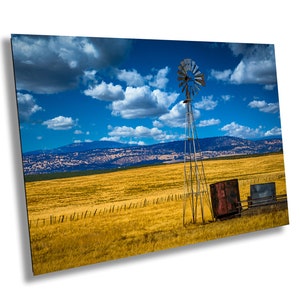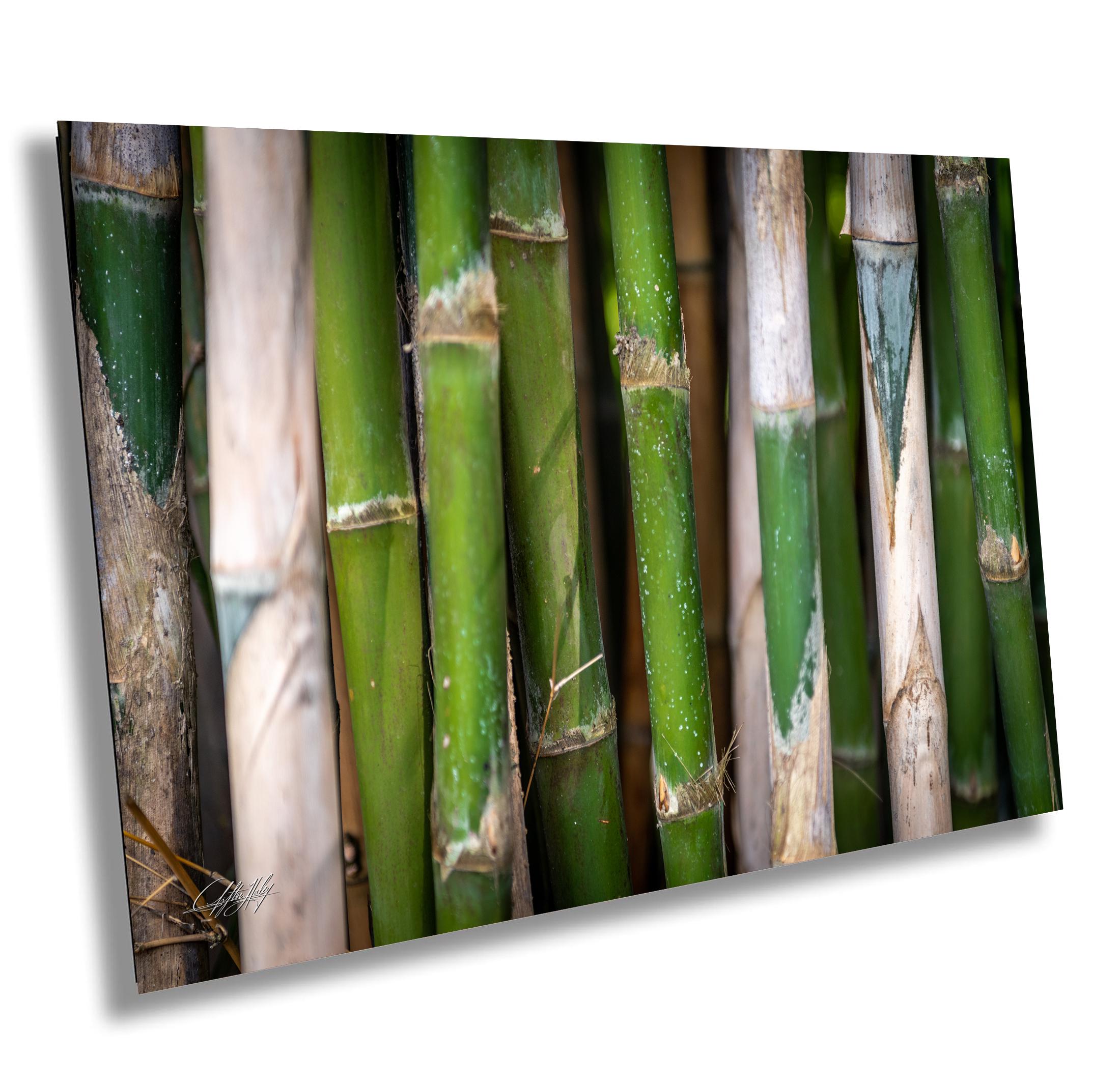
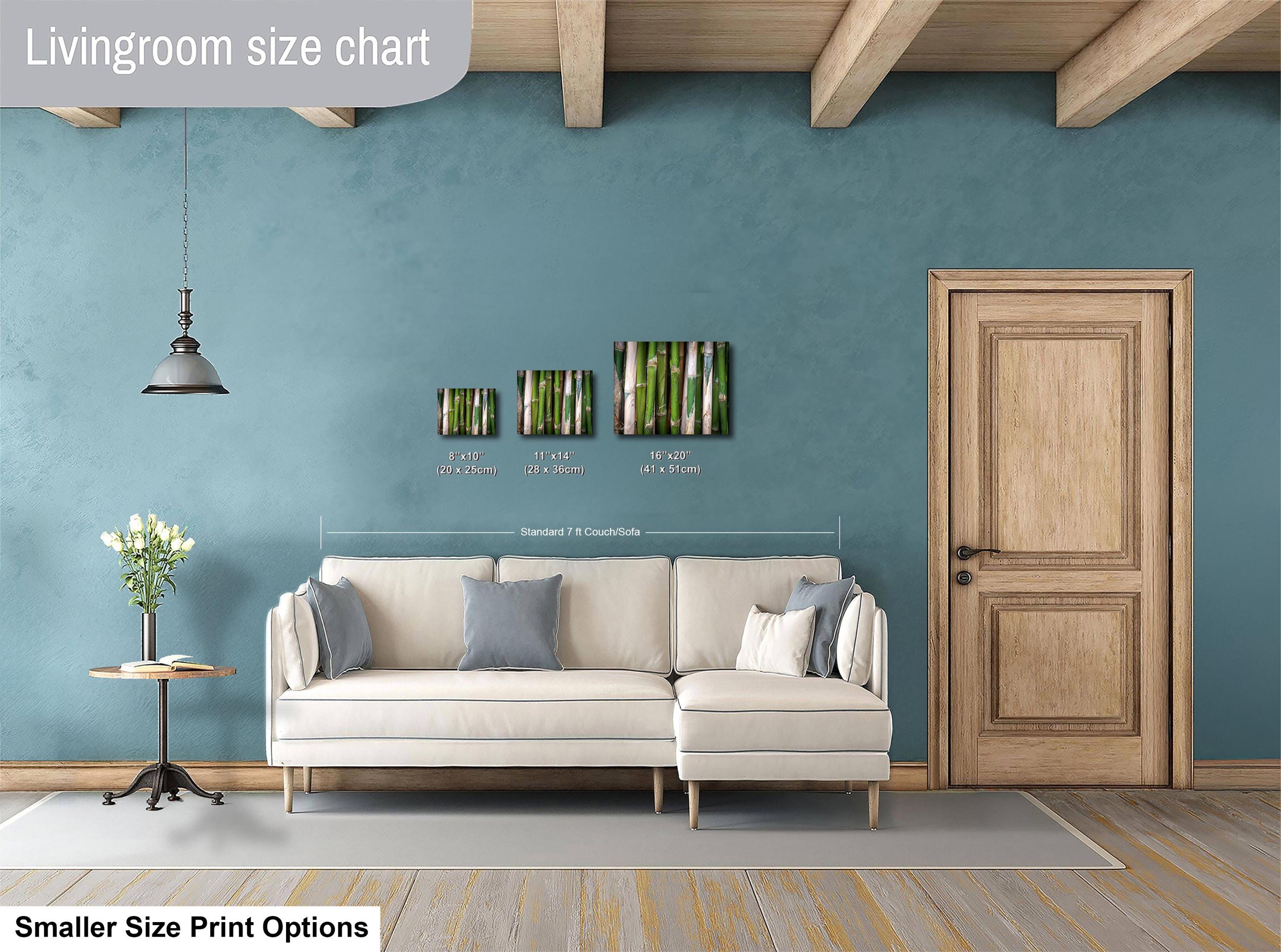
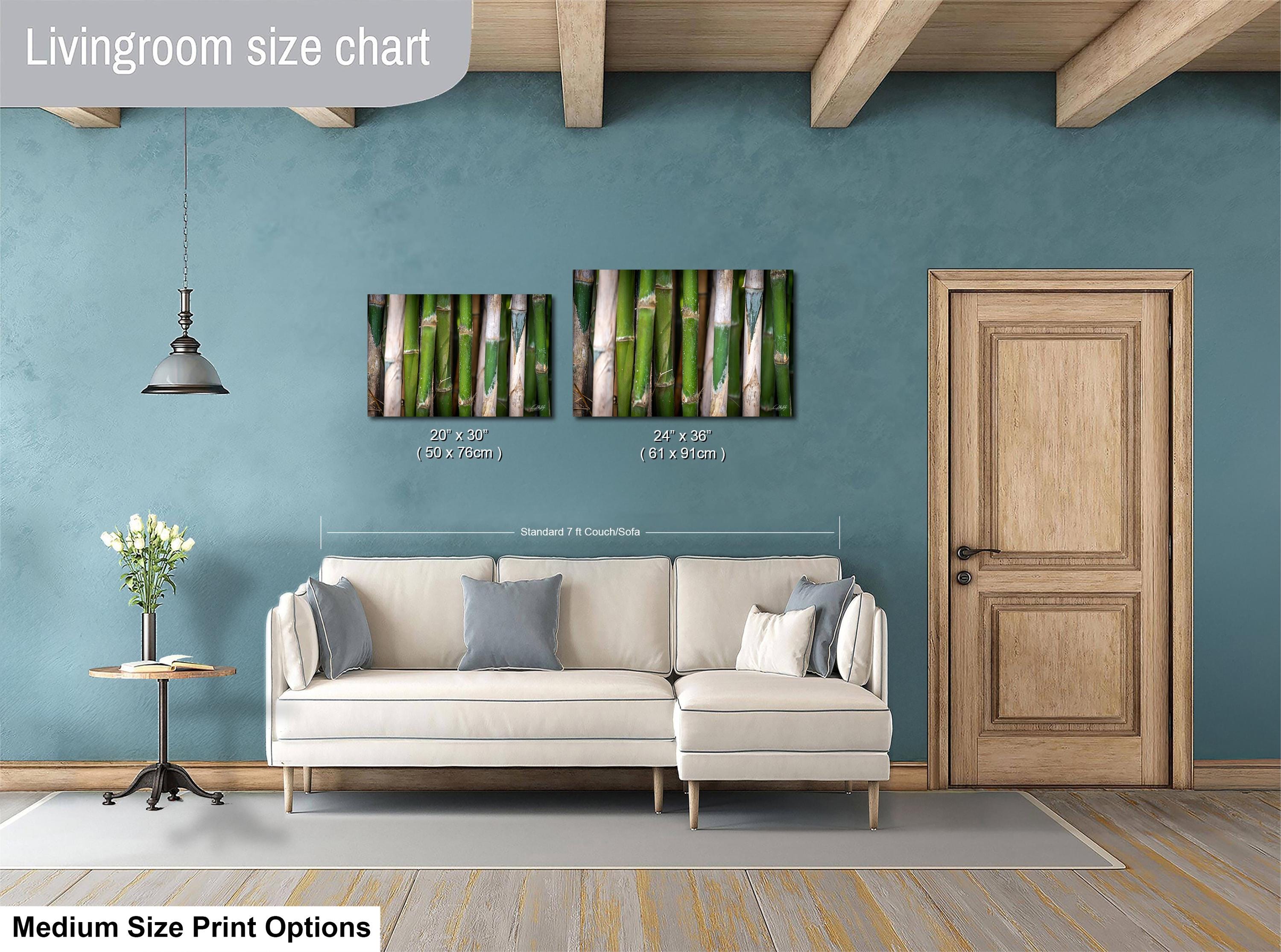
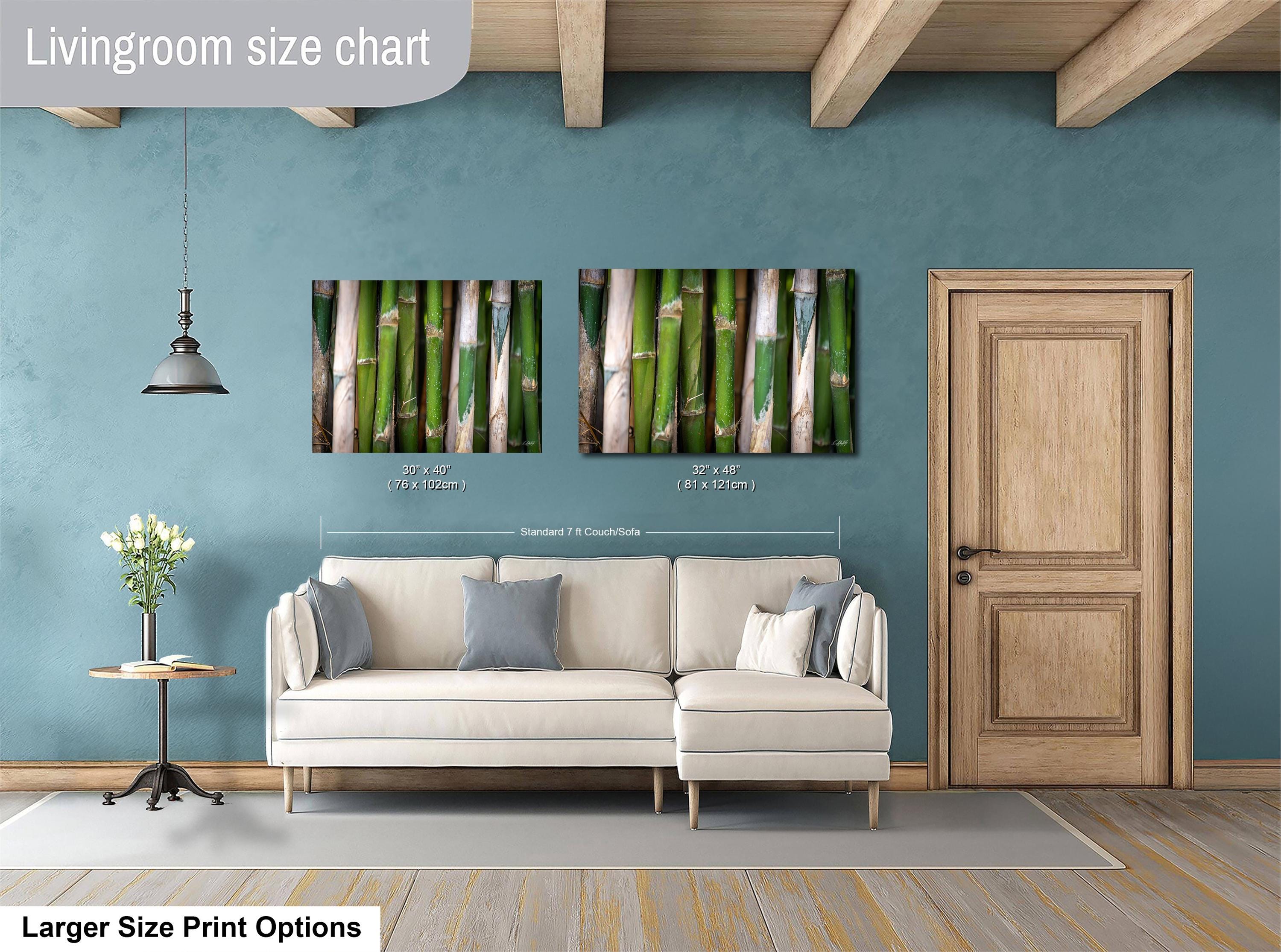
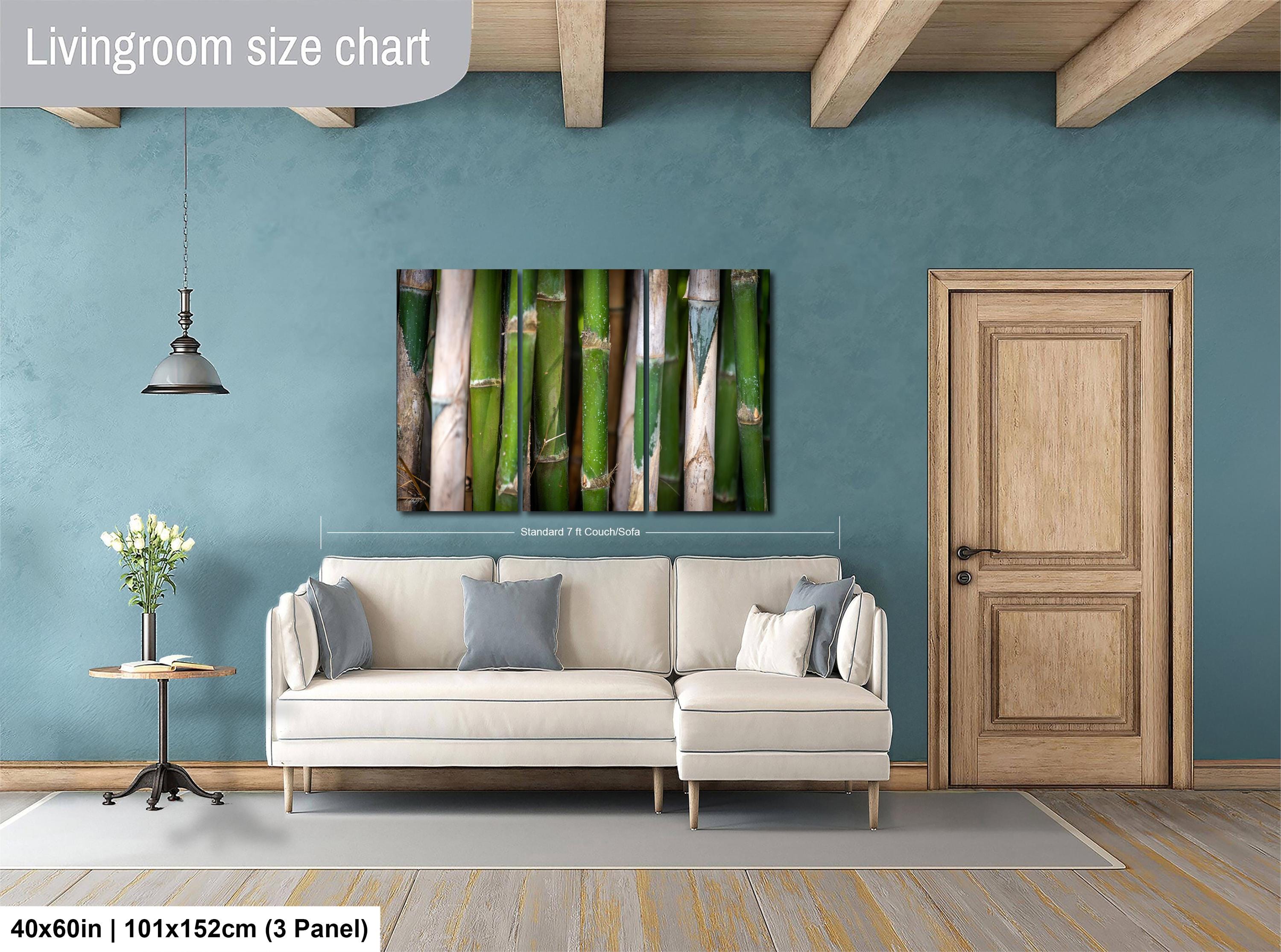
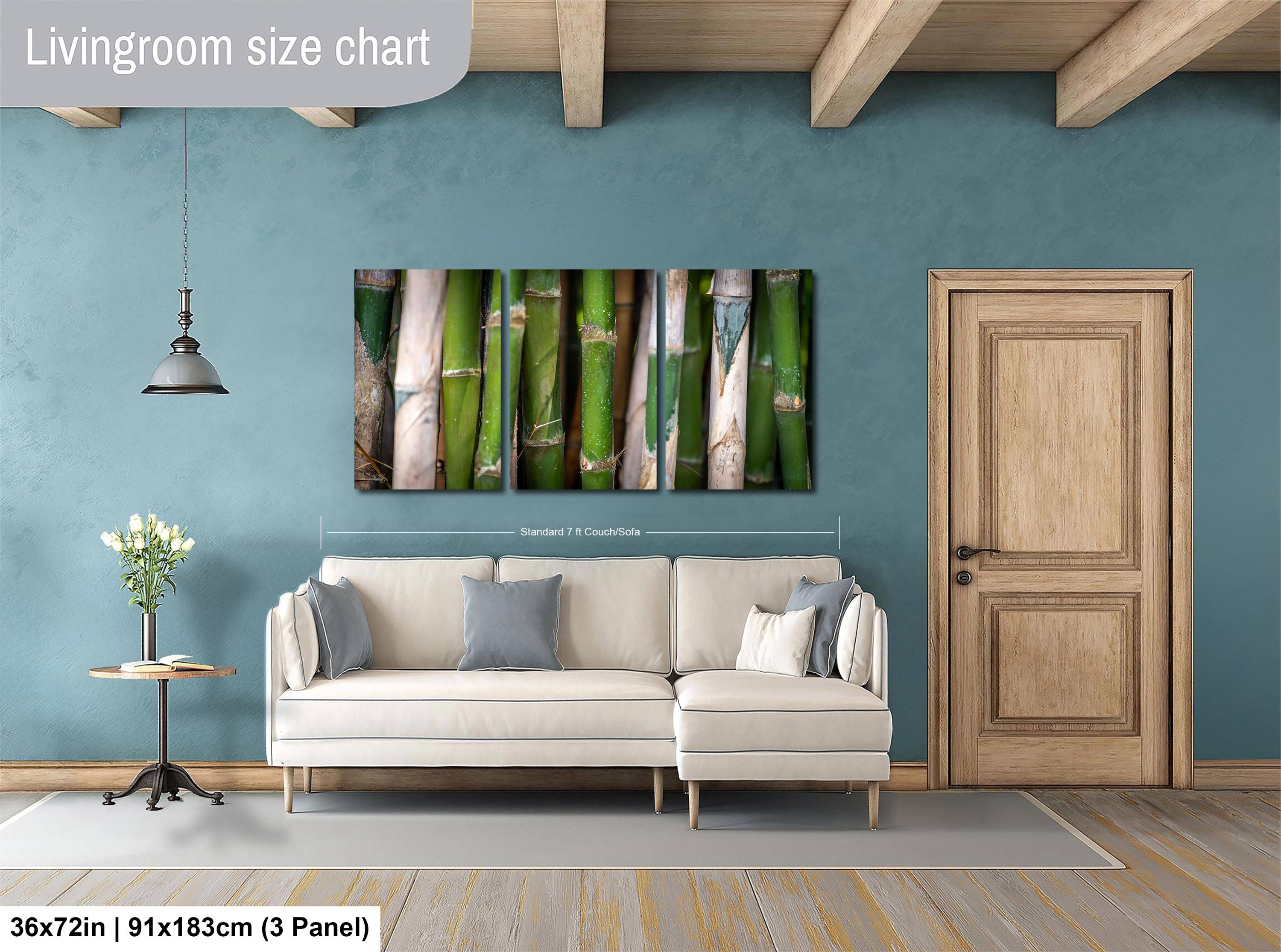
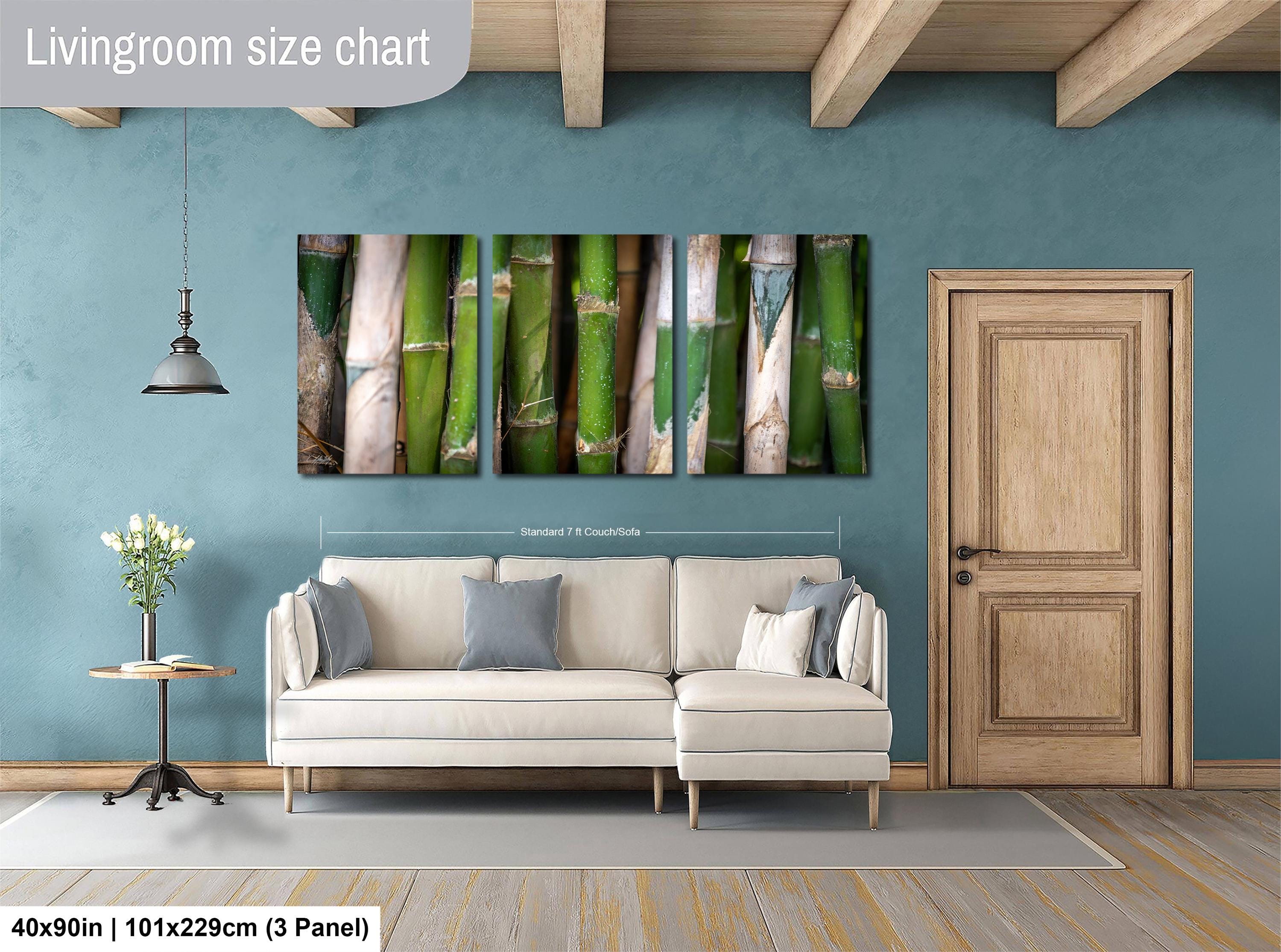
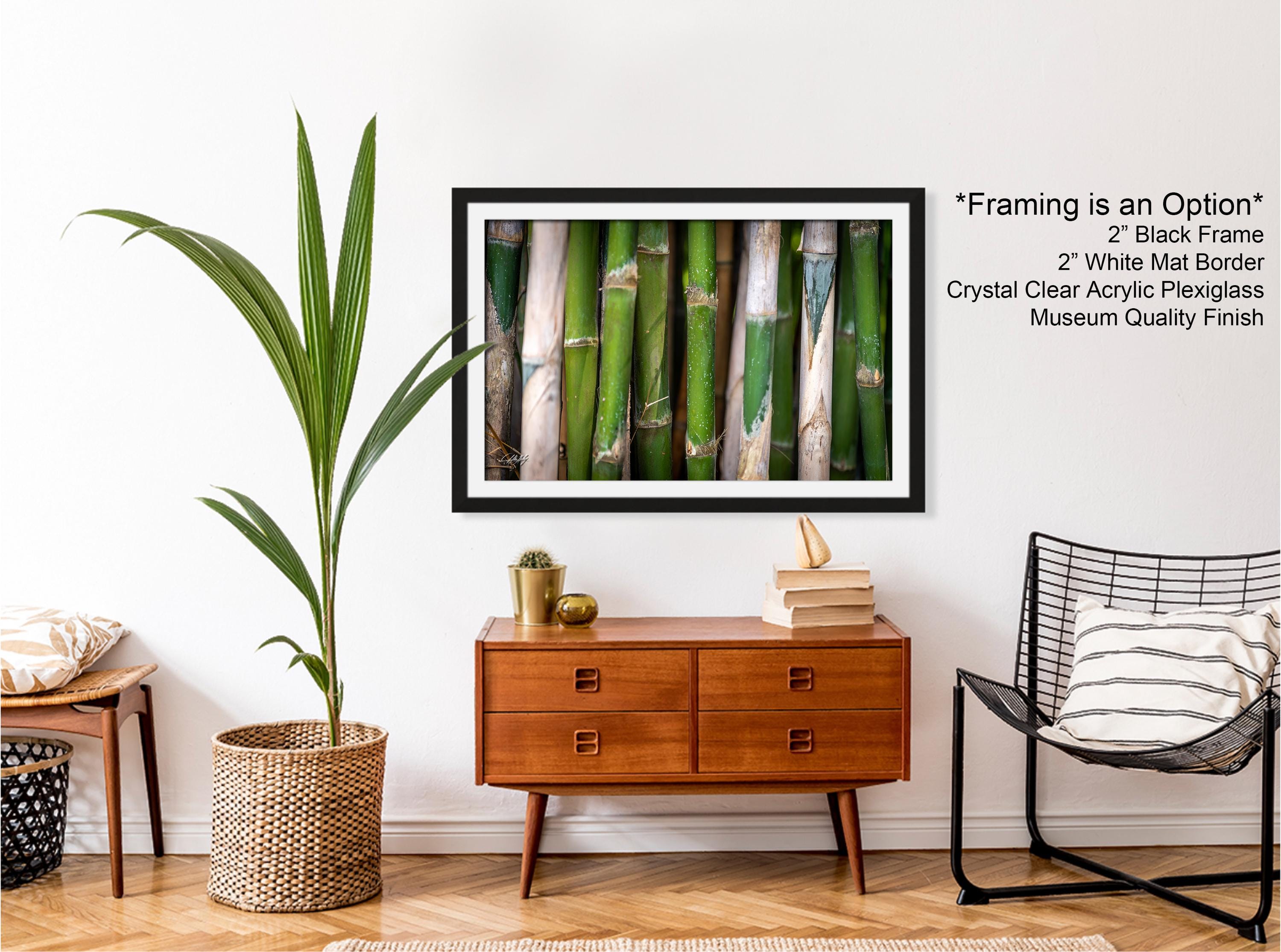
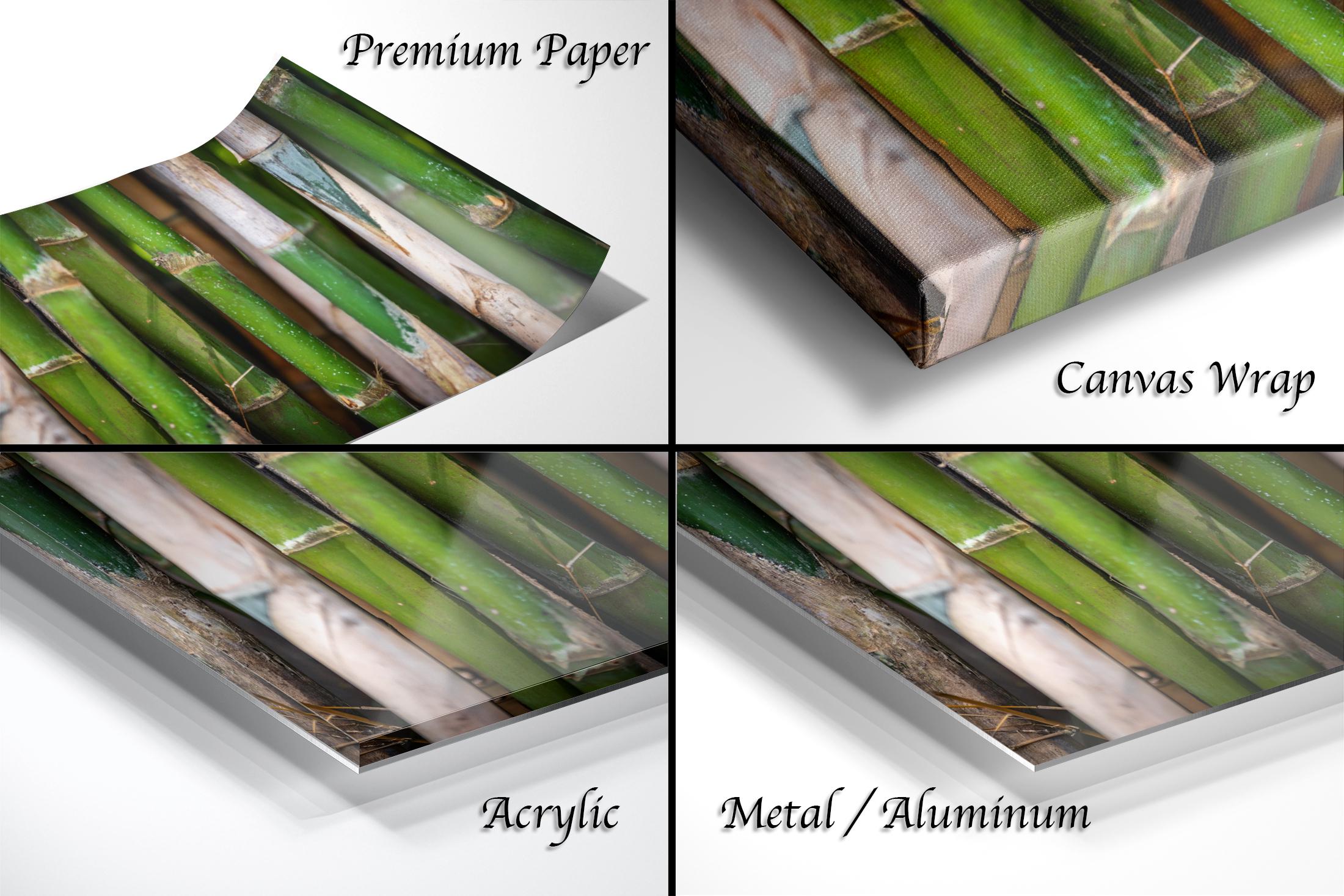
Landscape
Bamboo Field in Surabaya, Indonesia
$24.00 $32.00
-
DetailsStory: As I stood amidst the towering bamboo stalks in Surabaya, Indonesia, I felt a sense of peace wash over me. The gentle rustling of the leaves was like a soothing melody, and the soft light filtering through the bamboo forest was like a warm embrace.
I quickly set up my camera and tripod, eager to capture the beauty of the bamboo fields. The towering stalks seemed to stretch on forever, their leaves a blur of green.
As I snapped photo after photo, I was filled with a sense of wonder and awe. The bamboo forest was like nothing I had ever seen before, and I was determined to capture its full majesty.
As I worked, I could feel the history and culture of Surabaya coming alive around me. The bamboo fields were a symbol of the city's natural beauty, and I was humbled to be able to capture them with my camera.
When I was satisfied with the photos I had taken, I carefully packed up my gear and made my way back to the city. The photos of the bamboo fields were some of the most beautiful I had ever taken, and I knew they would serve as a lasting reminder of my incredible experience in Surabaya.
History: Bamboos are a diverse group of evergreen perennial flowering plants making up the subfamily Bambusoideae of the grass family Poaceae. Giant bamboos are the largest members of the grass family. The origin of the word "bamboo" is uncertain, but it probably comes from the Dutch or Portuguese language, which originally borrowed it from Malay or Kannada.
In bamboo, as in other grasses, the internodal regions of the stem are usually hollow and the vascular bundles in the cross-section are scattered throughout the stem instead of in a cylindrical arrangement. The dicotyledonous woody xylem is also absent. The absence of secondary growth wood causes the stems of monocots, including the palms and large bamboos, to be columnar rather than tapering.
Bamboos include some of the fastest-growing plants in the world, due to a unique rhizome-dependent system. Certain species of bamboo can grow 91 centimetres (36 inches) within a 24-hour period, at a rate of almost 40 millimetres (1+1⁄2 in) an hour (equivalent to 1 mm every 90 seconds). This rapid growth and tolerance for marginal land, make bamboo a good candidate for afforestation, carbon sequestration and climate change mitigation.
Bamboo is versatile and has notable economic and cultural significance in South Asia, Southeast Asia, Indonesia, and East Asia, being used for building materials, as a food source, and as a raw product, and depicted often in arts, such as in bamboo paintings and bambooworking. Bamboo, like wood, is a natural composite material with a high strength-to-weight ratio useful for structures. Bamboo's strength-to-weight ratio is similar to timber, and its strength is generally similar to a strong softwood or hardwood timber.
1) Since we create each piece of our custom fine art specifically for you, we don't offer returns. Every image is made-to-order, making it unique and personal. But we want you to love your artwork! If it arrives damaged or there's a problem with it, we'll gladly exchange it or send you a replacement to make things right.
2) The artist's signature on each piece of our fine art, placed in the bottom corner, authenticates the work as a unique creation and adds a personal touch.
3.1) Only framed paper prints, acrylics and aluminum/metal prints will have a 2" white mat border.
3.2) Canvas prints will be a flush mounted (no mat border) to the frame.



